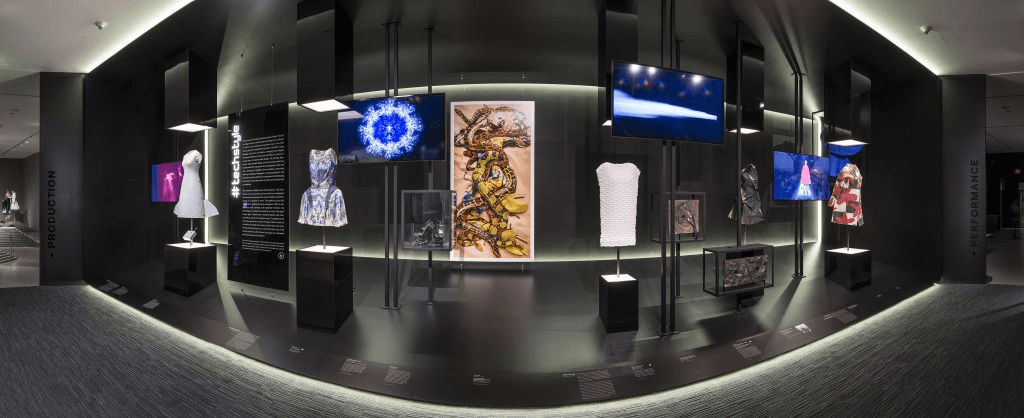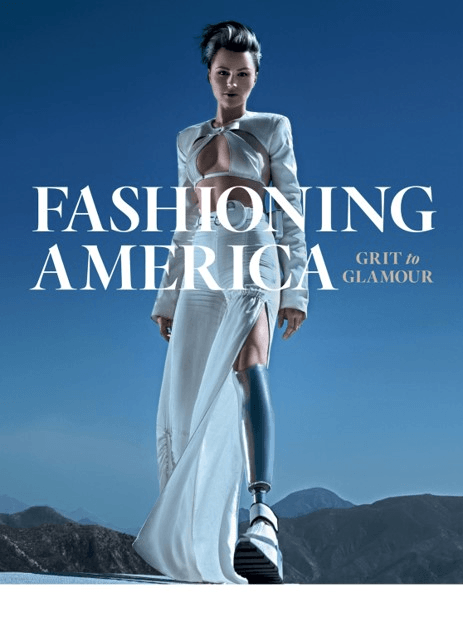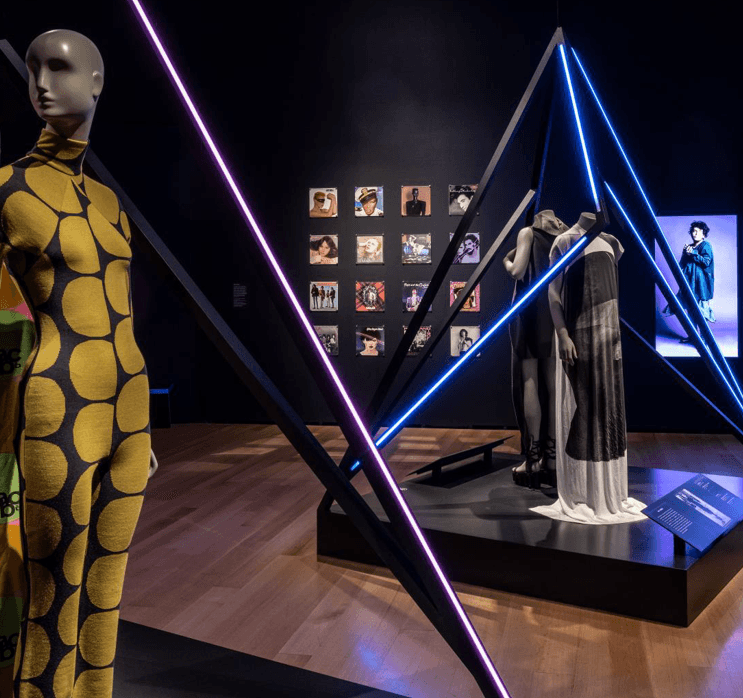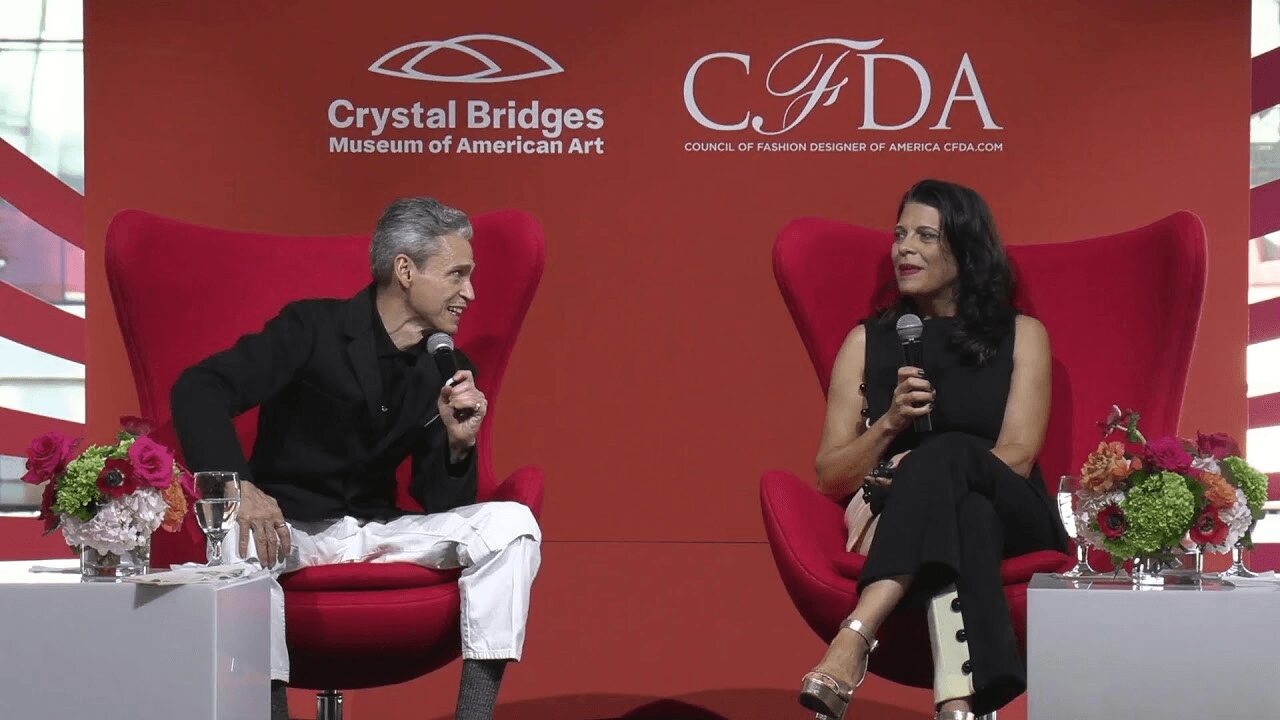Alright – so today we’ve got the honor of introducing you to Michelle Finamore. We think you’ll enjoy our conversation, we’ve shared it below.
Michelle, looking forward to hearing all of your stories today. When did you first know you wanted to pursue a creative/artistic path professionally?
When I was in high school, my parents brought me to a Renoir exhibition at the Museum of Fine Arts Boston that proved to be the springboard for a lifelong passion for the arts. I had always been a creative and artistic child, and was raised in a home with parents who, although they were not practicing artists, pursued creativity in their own ways. My father was an electrical engineer but also a very talented carpenter. My mother had a dress shop and was an avid and talented gardener, sewer, and cook. I had not really considered studying art history until that day at the MFA, where I was drawn into those Renoir paintings because they were such beautiful and fascinating visual expressions of history and culture.

Awesome – so before we get into the rest of our questions, can you briefly introduce yourself to our readers.
I had considered pursuing fashion design as career path but felt that I did not necessarily have the backbone for the industry. While studying art history in college I though I might like to explore museum work and secured an internship at the RISD Museum in Providence in the textile and fashion department. Before that experience I had not really considered that fashion could just as expressive of history, culture and politics as any other media. It was an eye-opening moment for me that led me to combine my two passions – art history and fashion history – in thinking about my future. I think Virginia Woolf in Orlando said it best: “Vain trifles as they seem, clothes have, they say, more important offices than to merely keep us warm. They change our view of the world and the world’s view of us.”
I continued to work in museums and went back to school for my Masters and Ph.D. in fashion and design history. My life came full circle when I started working at the MFA Boston and was eventually appointed the Penny Vinik Curator of Fashion Arts. I am most proud of curating exhibitions that challenge visitors to think in new ways, which I think I did in exhibitions like Think Pink, which explored the gendered history of the color pink, #techstyle, which explored the intersection of fashion and innovative technologies, and Gender Bending Fashion, which looked at over a century of gender-blurring dress. Now I am a museum consultant and I continually seek to think outside the box in my approach to interpretation. More recent exhibitions like Fashioning America: Grit to Glamour have looked at how we rethink and reframe American fashion to be more inclusive and tell untold stories.

How can we best help foster a strong, supportive environment for artists and creatives?
The arts contribute to the vibrancy of culture as well as the economy more broadly. Communicating that the arts are essential to the creative economy is of utmost importance. Art and creativity touch everything we do – building a house, designing an interior, decorating a cake, planning a garden, editing a picture on your phone and posting on Instagram – all of these are design decisions and almost everyone participates in these aesthetic endeavors in some way. And they make the world a more livable, and beautiful place. I have lots of favorite quotes related to creativity but this one by Anais Nin expresses it well “We do not escape into philosophy, psychology, and art–we go there to restore our shattered selves into whole ones.”

Have you ever had to pivot?
I worked at the MFA Boston for approximately twelve years and had a wonderful career but there came a moment when I questioned if my quality of life was best serving my career, myself and my family. It was a very hard decision but I decided to branch out on my own as a museum consultant. It was certainly a risk – leaving a highly respected world-class institution and a steady salary, but I was hoping I could manage financially and achieve a better life/work balance by cutting out the endless hours of commuting and being more present for my family. Right after I decided to leave, Covid hit and the world came to a grinding halt. It certainly made lining up jobs more challenging but it also provided the opportunity to really think about what truly inspired me. One of the things that made the departure possible was that I had established myself within my field and the connections I have built over the years have helped me to secure future projects. I continue to draw upon all of those contacts and it is hugely beneficial to having a successful consulting practice. And working at a range of institutions over the course of my career – from the small to the large, both in academe and the museum world – has given me insight into the management and fundraising processes that are both beneficial and essential to working with new institutions. It has been an extremely rewarding career and one that is ever-changing, stimulating and always inspiring.
Contact Info:
- Website: https://www.michellefinamorefashion.wordpress.com
- Instagram: @lovefashionhistory
- Linkedin: Michelle Finamore Fashion Design Curation




